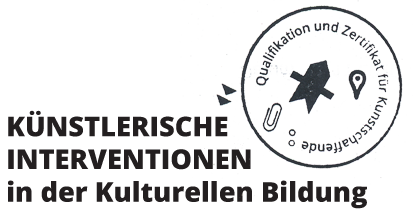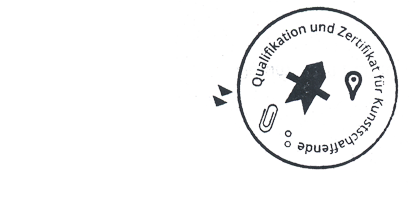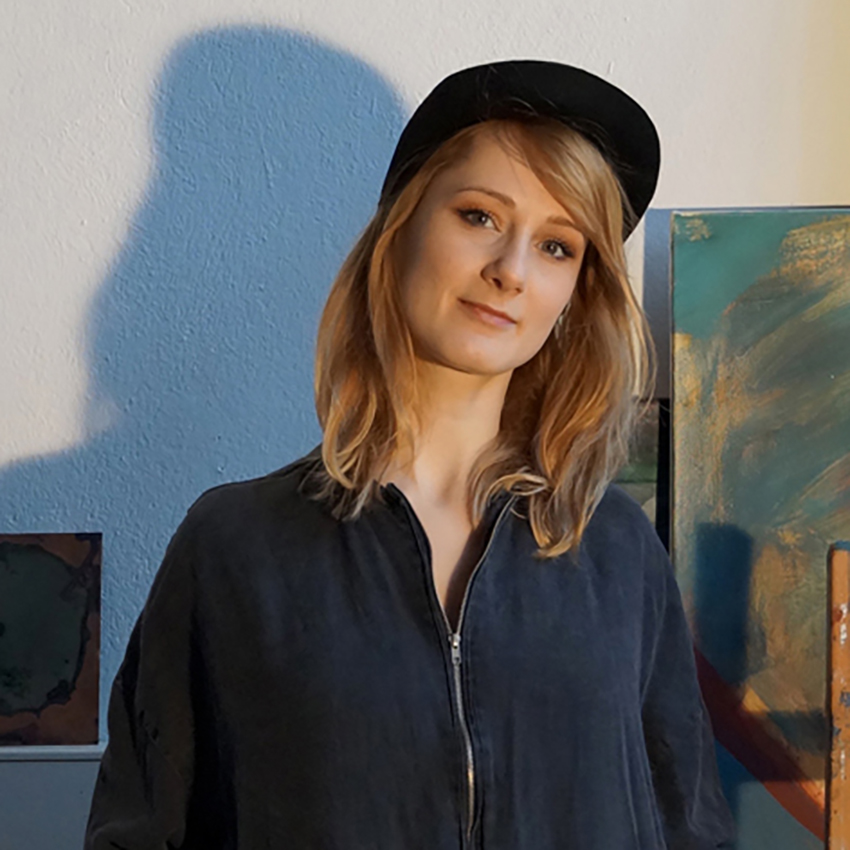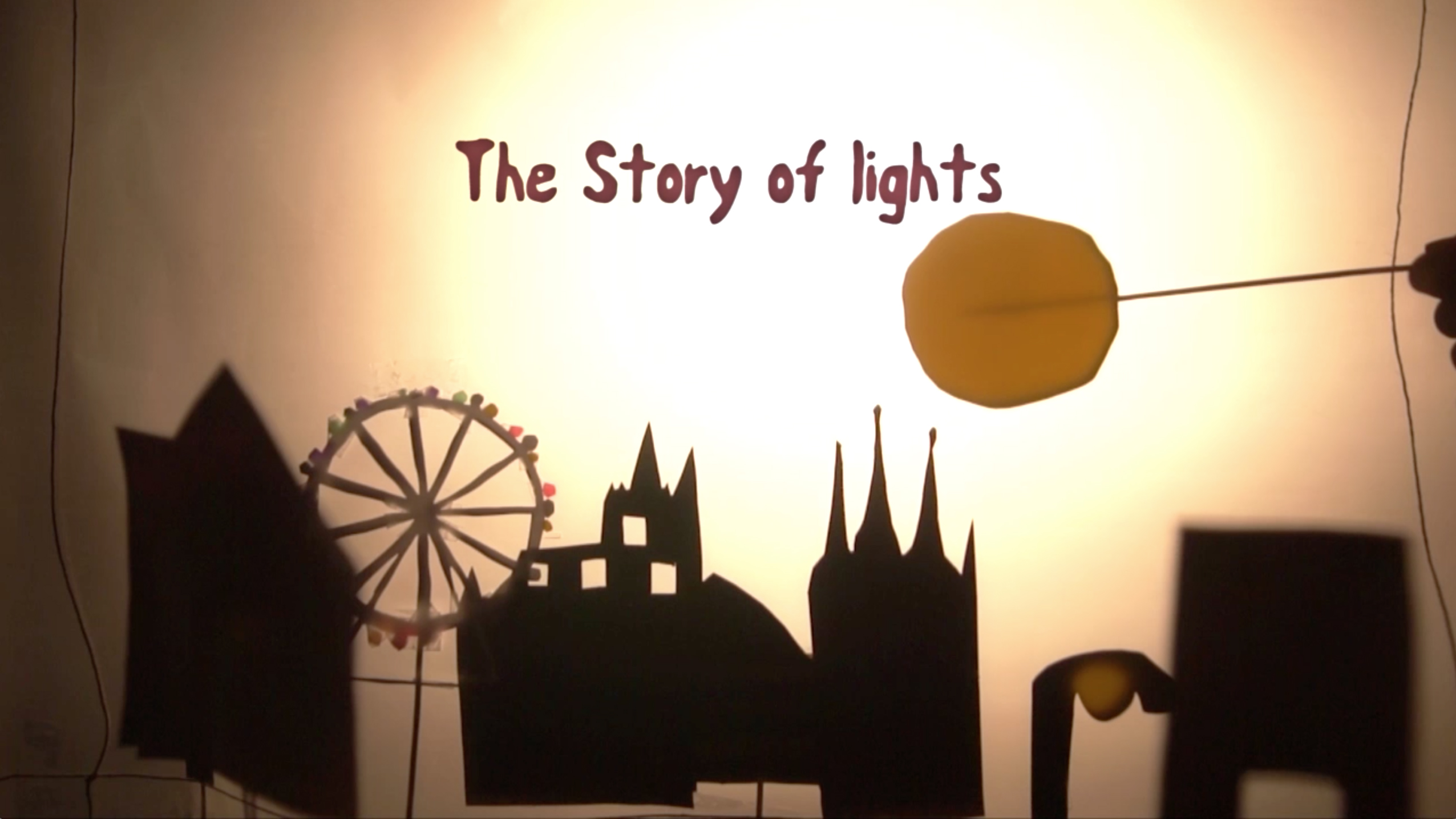



Rosmarie Weinlich (*1984, Erfurt) is a freelance artist and art mediator. She studied free art at “Bauhaus Universität Weimar” and at the Milwaukee Institute of Art and Design in Wisconsin in the USA. Her works of art are displayed both nationally and internationally at art exhibitions and biennales, and are contained in a wide range of collections. Some of them have earned her prestigious awards, such as the “1. Deutscher Installationskunstpreis”. Furthermore, since 2013, Weinlich has been engaged in communicating art. With her artistic-cultural projects, she focuses her work on communicating methodical strategies in art and heads workshops for teachers, but also for children and youths. Since 2019, she has been working for the “Klassik Stiftung Weimar” as a museum pedagogue and, since 2021, has been increasingly involved in the digitalisation of cultural work.
Contact: https://www.rosmarieweinlich.de/
Aaesthetic research on light pollution, 2013-2014

“Ästhetische Forschung zur Lichtverschmutzung” (aesthetic research on light pollution) is a successful interdisciplinary art research project addressing a volatile topic which pursues the goal of bringing regions far away from culture into cultural exchange. Regarding societal, cultural, astronomic and ecological aspects, the project comprised an aesthetic research process debating the problem of light pollution. In three project cycles, a discursion on design was developed which evolved into visual communication, into object and installation art and into a photo documentary exhibition format. The aim of each project phase was a presentation section with works of art which in turn represented the basic platform for ideas and impulses relating to the subsequent working group.
http://publikation.kulturagenten-programm.de/detailansicht98f7.html?document=113
What have you taken home from this project for your artistic activities?
In addition to the aesthetic experiences of the youths, it was important for me to show with one’s own creative results and the debates which have been triggered that it is up to everyone to maintain a democratic, self-responsible and thus sustainable contribution to the development of the environment in the sense of an open, extended concept of art.
Which topic turns up again and again in your artistic activities?
My work as an artist takes place in the border area between science, nature and art. It addresses natural and social phenomena and is based on dissolution and recreation, with an intermeshing of the analytical angle, aesthetic sensitivity and artistic re-forming. I create parallel worlds of new opportunities and unnaturalness. To me, it is a must to confront a world based on solid research with my own world of art and create new realities. Here, I work chiefly with two art media: painting and installations.
What do you seek to achieve with your arts education activities?
I am firmly convinced that art and culture move people, stimulate indispensible experiences and constitute an essential contribution to a progressive, democratic society and advances it can achieve. Based on this, my cultural education activities focus on aesthetic research. It is especially important for me to show that it is up to everyone to maintain a democratic, self-responsible and thus sustainable contribution to the development of the environment in the sense of an open, extended concept of art.
What, in your view, is the essence of an artistic intervention in arts education?
Art is an act of self-dramatisation, but it also creates identities and is a way to adopt the world. The world of art thrives on conquering new dimensions, and in cultural education, it is a possibility to experience the invisible. Here, the artistic intervention, my professional perspective, acts as an initiator for an art-practice, but certainly also critical discussion of one’s own world of thought in connection or confrontation with the public sphere.